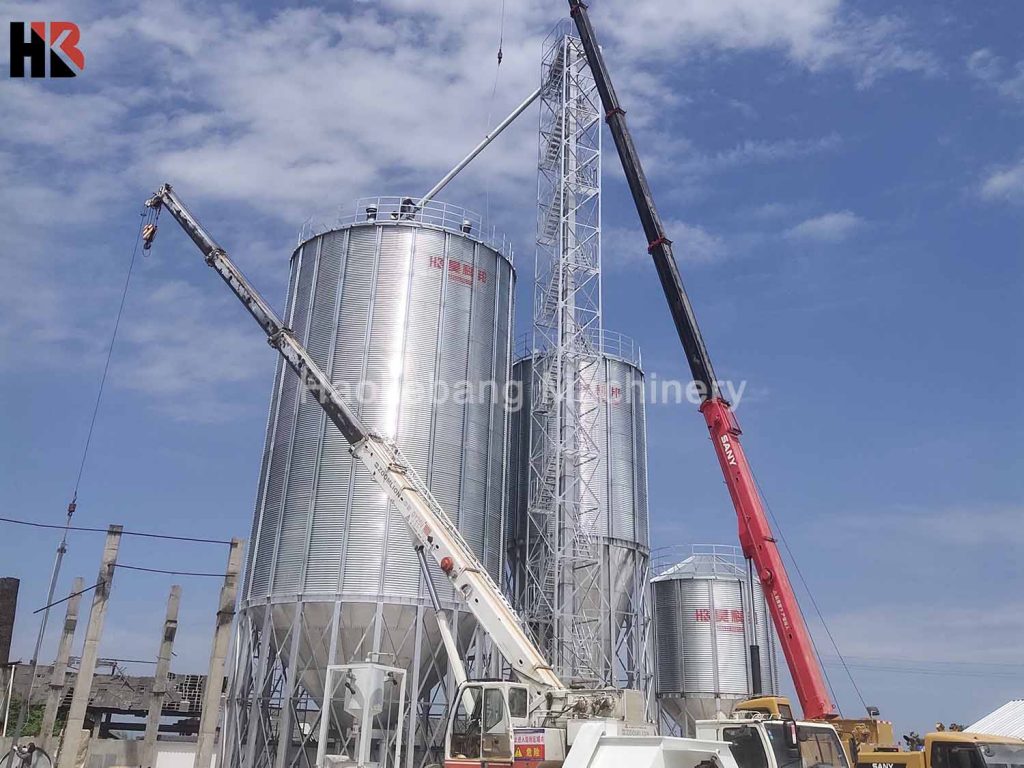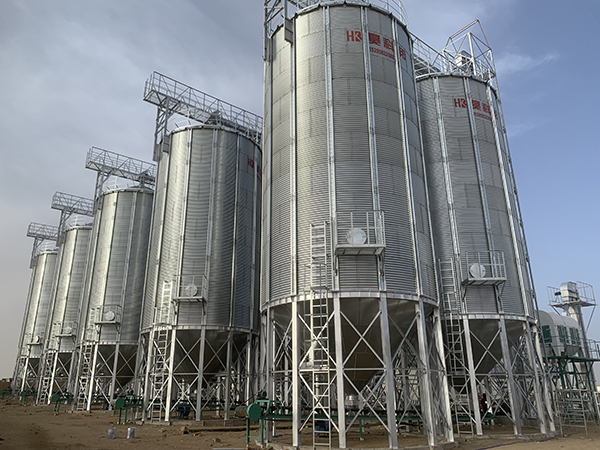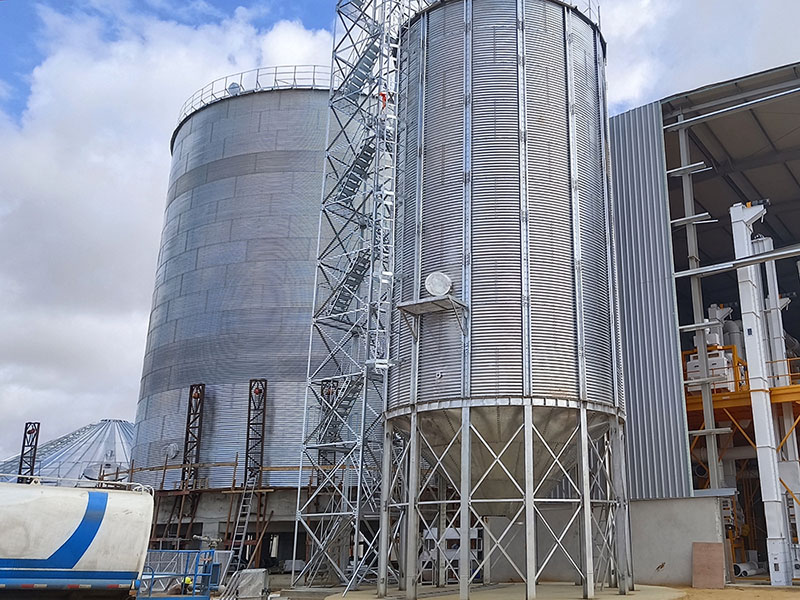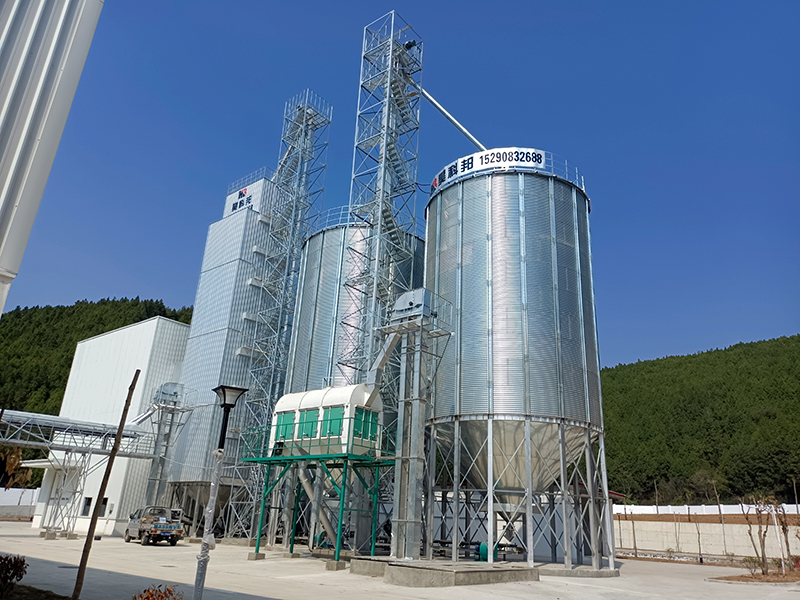This article primarily focuses on the construction of sorghum silo, aiming to address potential issues encountered during sorghum storage.

In the initial stages of constructing a sorghum silo, identifying a suitable location is vital. Key factors to consider during site selection include:
Proximity to planting areas: When constructing a silo, prioritize locations near sorghum production areas to significantly reduce transportation costs and the risk of grain loss.
Developed transport network: Seek locations with favorable transport conditions, such as those close to major highways, railways, and other transport network hubs, facilitating rapid grain circulation and distribution.
Avoid disaster-prone areas: When choosing a silo location, try to avoid areas historically prone to floods, earthquakes, and other natural disasters to minimize potential risks and losses.

The construction planning for sorghum silos mainly covers the structural design and supporting equipment of the silo. During planning, focus on the following core elements:
1. Determine the appropriate silo type: Choose the right silo type based on storage volume and specific needs, such as flat-bottom or cone-bottom silos.
2. Temperature and humidity control devices: Install devices to maintain an optimal environment within the silo, preventing damage to sorghum due to moisture or mold.
3. Pest control devices: Equip the silo with pest control measures to prevent and manage potential infestations during storage.
4. Fire safety facilities: Provide necessary fire safety facilities to ensure the overall safety of the silo.

To ensure long-term storage of sorghum in the silo is unaffected, follow these key precautions:
1. Maintain cleanliness and hygiene:
Cleanliness is fundamental to sorghum storage. Regularly clean the silo during storage to maintain a tidy environment. Especially in hot and humid seasons, when conditions are ideal for fungal and bacterial growth, timely cleaning of dust, residual grain, and other impurities in the silo is crucial for maintaining sorghum quality.
2. Ensure good sealing:
The sealing of the sorghum silo is vital for preventing external factors from affecting the grain. Good sealing effectively stops air circulation, reducing the chances of pests and mold intrusion. Ensure all doors, gaps, and potential air vents of the silo are tightly sealed. If any leaks or damages are found, repair them immediately to maintain silo integrity.
3. Standardize quality inspection operations:
Quality inspection is a vital step in ensuring sorghum quality. When storing sorghum, adhere to strict quality inspection protocols, inspecting according to national or industry quality standards. This includes not only quality control of incoming sorghum but also regular checks on grain during storage. Promptly identifying and dealing with substandard products prevents poor-quality grain from affecting the overall quality of the silo. Regular inspections also ensure the stability of grain quality during storage.

If you have grain storage needs, please reach out to Coban.